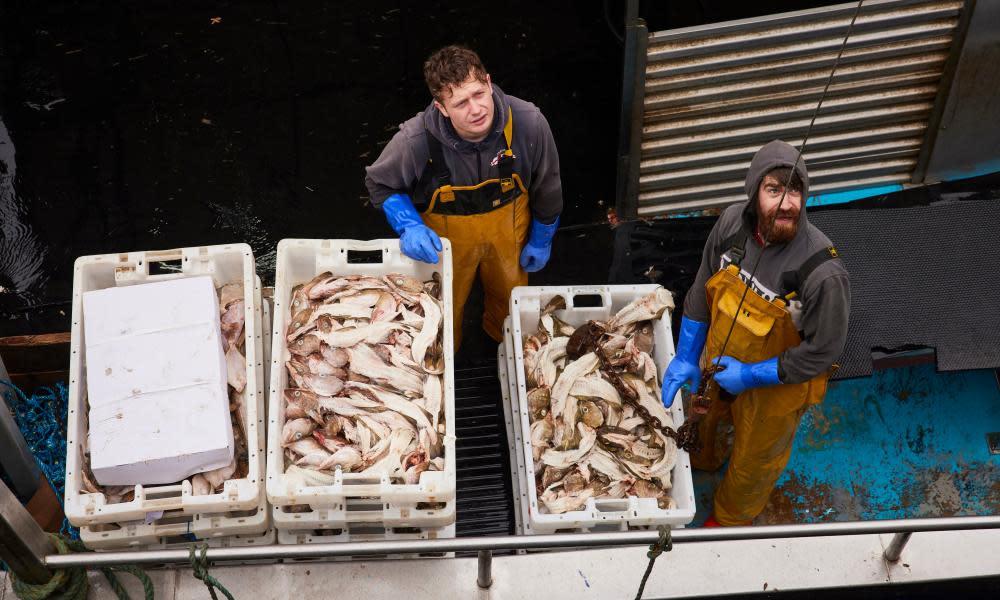Failure to tackle Teesside’s toxic legacy is devastating for sea life and livelihoods

I welcome George Monbiot’s highlighting of the sorry saga affecting our precious North Sea and the livelihoods of hundreds of fishermen (The dead shellfish littering our beaches tell you a lot about safety and secrecy in Britain, 6 June). I was going to list all the creatures that are dying or dead, but it is easier to say that everything is suffering. The seabed is barren, and gannets are now being affected.
In the 1970s, I was tasked with organising boats as platforms for Imperial Chemical Industries scientists to investigate the state of the Tees. Careful efforts at cleaning up industry led to an improvement in the water quality, allowing salmon to return to the river. But the mud was an entirely different story. I recall the most senior scientist saying emphatically: “This mud must never be disturbed.”
And it’s that mud that fishermen like me believe is the cause of today’s mass die-off of sea life. The mud is sediment deposited over 100-plus years – organic material from the growing town of Middlesbrough alongside the deposit of chemicals dumped in the Tees as byproducts or waste products from heavy industry. It is inconceivable that some think it is fine to dump millions of tonnes of seriously contaminated mud into the North Sea. The ramifications of these actions will be felt for decades to come, and it’s devastating. The failure of our elected representatives to resolve this is unacceptable.
Peter R Race
Marske-by-the-Sea, North Yorkshire
• I regularly walk on the beach at North Gare, at the north side of the mouth of the River Tees. I also visit the beach at Saltburn, and have seen for myself the thousands of dead and dying crabs and lobsters.
I remember how polluted the Tees used to be at the height of the heavy industries in the area. I worked on a job alongside a tributary known as “the Gut” that flowed to the mouth of the Tees; it was grey and the warm land around it would release plumes of what looked like steam.
Last summer, I went for a walk on the beach at North Gare, and decided to have a paddle. The sand/silt was very soft and my feet sank into it. When I came out my feet were covered in an oily substance that I could only remove with difficulty using washing up liquid when I got home. Knowing how polluted the Tees used to be, I can imagine there are all kinds of nasty substances in the riverbed in that area.
Paul Brown
Eaglescliffe, County Durham
• Have an opinion on anything you’ve read in the Guardian today? Please email us your letter and it will be considered for publication.

 Yahoo News
Yahoo News 
